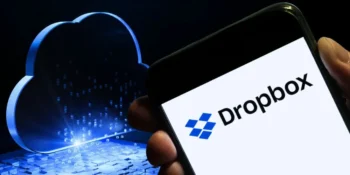Key Points
- Astronomers studied the supermassive black hole jet in NGC 1052, 60 million light-years away.
- Its jets, powered by a magnetic field 400 times stronger than Earth’s, stretch thousands of light-years.
- Data were gathered using EHT and GMVA telescopes via very-long-baseline interferometry.
- NGC 1052 is a prime target for next-generation radio telescopes, including Germany’s Wetterstein Millimeter Telescope.
Astronomers have made significant progress in understanding how supermassive black holes launch galaxy-spanning jets of high-energy particles. Using coordinated measurements from the Event Horizon Telescope (EHT) and the Global mm-VLBI Array (GMVA), scientists examined the center of the galaxy NGC 1052, located 60 million light-years away in the constellation Cetus. These observations revealed new insights into the black hole’s extreme environment and the powerful jets it emits. The research was published in Astronomy & Astrophysics.
The black hole at the heart of NGC 1052 is estimated to have a mass of 150 million suns and generates two jets that extend thousands of light-years. These jets are powered by a magnetic field close to the black hole’s event horizon, which researchers have measured at 2.6 tesla—400 times stronger than Earth’s magnetic field. Such a forceful magnetic field likely prevents some matter from falling into the black hole, instead channeling it into the jets.
The study’s success relied on innovative techniques like very-long-baseline interferometry (VLBI), which connects radio telescopes worldwide to act as a single, ultra-sensitive instrument. Data from the Atacama Large Millimeter/submillimeter Array (ALMA) in Chile and other observatories provided a clearer picture of the region around the black hole where the jets originate. Despite the faintness and complexity of the target, the team confirmed that future imaging of the black hole and its jets is feasible.
These findings also indicate that NGC 1052 is an ideal candidate for next-generation radio telescopes, such as the Wetterstein Millimeter Telescope planned in Germany. This instrument and upgrades to existing arrays promise even sharper imaging and deeper insights into the processes behind jet formation and accretion.
Anton Zensus, chair of the EHT collaboration, highlighted the technological strides enabling such discoveries, emphasizing how collaborative efforts in radio astronomy are advancing our understanding of black holes and their dynamic cosmic phenomena.












